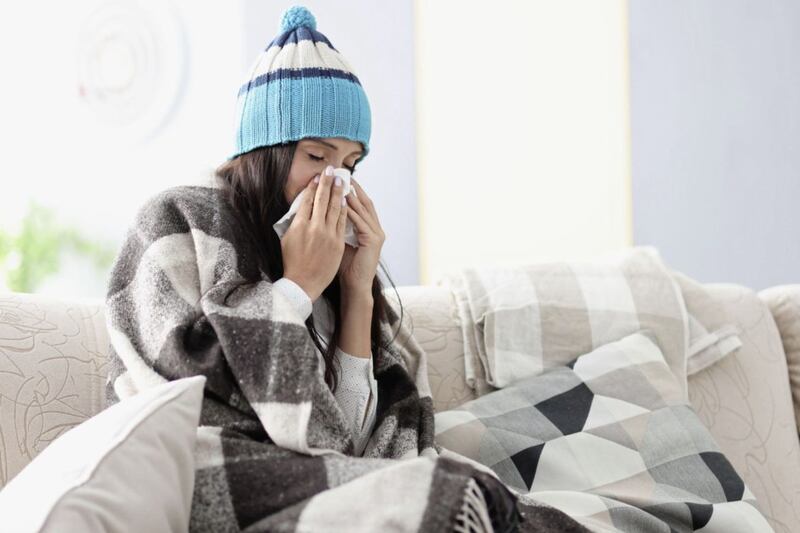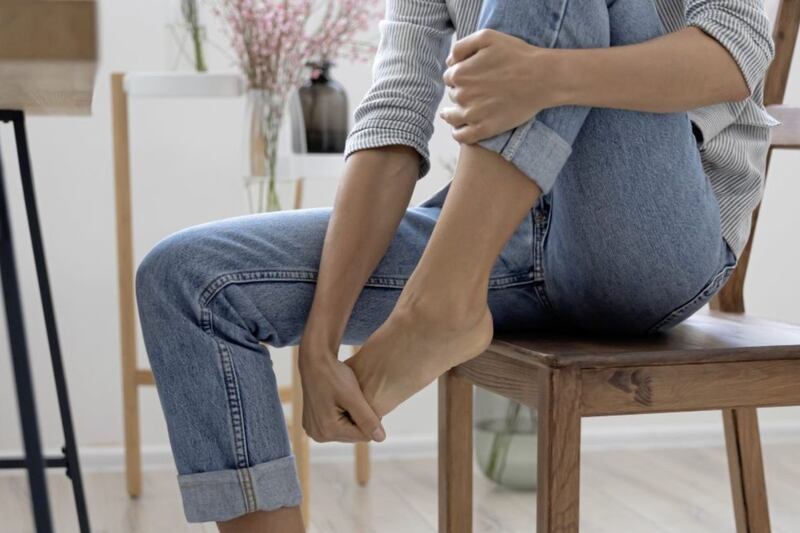IT ABSOLUTELY blows my mind what researchers will spend lots of time and probably quite sizeable amounts of money investigating. I heard this one being discussed on the radio at the time of publication but I have only just come upon the written research analysis. I hope that you enjoy this as much as I have.
We all know about the five-second rule that states; if you drop a piece of food on the floor and pick it up fast enough – within five seconds of it touching the floor – it’s still safe to eat. Or the Catholic Ireland version, where you bless the food and carry on...
On the most basic level, experts say, No, we shouldn’t eat the food. Bacteria can transfer to a surface almost instantly. So if you drop a piece of food on a contaminated floor – and almost every floor is going to be covered – in bacteria, it’s probably going to pick some up.
American high-school student Jillian Clarke is credited with doing the first scientific investigation of the five-second rule, as part of an apprenticeship in a University of Illinois laboratory.
She noted that people have been pondering this question forever, dating back to the era of Genghis Kahn, who reportedly believed food remained safe if it had been on the floor for 12 hours. But then, let’s face it, old Genghis wasn’t famous for caring too much about the welfare of his fellow man.
For her study, Clarke inoculated smooth and rough tiles with E-coli then placed either cookies or gummy bears on the tiles for five seconds or less. The bacteria did transfer to the foods; however, the gummy bears picked up more E-coli from the smooth tiles than from the rough ones.
You would think that one study on this fascinating debate would suffice and common sense would let you draw your own conclusions but no, research published in the Journal of Applied Microbiology found similar results. Researchers contaminated wood, tile, and carpeted surfaces with salmonella then dropped bread on to them for 5, 30, or 60 seconds.
In this case, the extra time spent on the floor didn’t effect how much bacteria the food accumulated – it was the type of floor that mattered, with the hard surfaces transferring far more bacteria. In fact, food dropped on to tile or wood picked up 5 per cent to 68 per cent of the bacteria while food dropped on to carpet picked up less than 0.5 per cent.
While this study found bacteria accumulated on food almost as soon as it touches the floor, there is some research suggesting longer periods of exposure are worse. (Yes, there is more!)
Research conducted by researchers at Aston University’s School of Life and Health Sciences monitored the transfer of E-coli and Staphylococcus aureus from carpet, laminated, and tiled floor surfaces to a variety of foods (toast, pasta, cookie, and a sticky sweet).
This study, which has not yet been peer reviewed – seriously: peer reviewing this? – concluded that time is a significant factor in the transfer of bacteria from a floor surface to a piece of food. Food left in contact with the floor for just three seconds picked up less bacteria than that left on the floor for 30 seconds. As well, moist foods picked up more bacteria than dry foods.
In the case of the tile, almost all of the bacteria transfer – more than 99 per cent – occurred after just five seconds of exposure. What else effected bacterial transfer was how much bacteria was on the surface – higher levels led to greater contamination, apparently. (I can’t begin to imagine how that would happen.)
The researchers concluded:
“Salmonella Typhimurium can survive for up to four weeks on dry surfaces in high enough populations to be transferred to foods and... and can be transferred to the foods tested almost immediately on contact.
"In general, processed food– those with high salt or sugar content – picked up less bacteria. This included the ham and the bread with jam, which had surprisingly little bacterial growth after touching the floor for three seconds. “
Which may suggest that bacteria are pickier about what they eat than we often are!
So the conclusion? The next time you consider eating dropped food, and remember not too think too long about it, the odds are in your favor that you can eat the food and not get sick. But, should you be unlucky enough to drop the item just where there is a lurking microorganism, you can be fairly sure the bug is on the food you are about to put in your mouth.
Your decision should depend on just how much you feel like living on the edge.
Roisin Armstrong is a kinesiologist and acupuncturist. For appointments in Portglenone call 028 2582 1333 or Belfast and Holywood 0777 0862 637.
r.armstrong@irishnews.com







